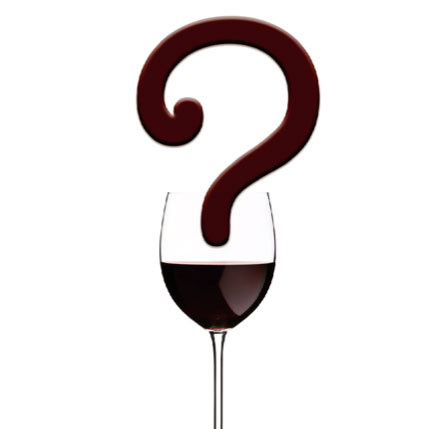I made some wine about four months ago but the level of alcohol is at 8%.
Increasing alcohol
Q: I made some wine about four months ago but the level of alcohol is at 8%. Is there something that I can do now to increase the level of alcohol?
— Panayiotis S. • via email
A: Absolutely. There are many things that you can do to increase the level of alcohol! The beautiful thing about being a home winemaker is that you are not creating commercial beverages, only those for personal use, and so you may do anything to your fermented potables that you wish. Table wines typically contain 12–14% alcohol and depending on the pH (more acidic means the wine is more stable) can taste good and age just fine at 11%. Get much below that, however, and you run the risk of early aging, spoilage and just a plain unbalanced flavor profile. Alcohol isn’t just there to make us and our friends happy — it contributes greatly to a wine’s body, mouthfeel, taste, and microbial and oxidative stability as well.
If you simply want to add some alcohol to your wine to bump it up, you could do the simple thing and pour in a little bit of vodka or other neutral spirits. The purist in me rejects this idea, but say you’ve got a lovely, fresh, low-alcohol peach wine you’d like to not lose, you can add a few percentage points of alcohol, add maybe a little sugar, and all of a sudden you have a nice liqueur-type beverage that you can make spritzers, cocktails or summer sorbets with. Delightful! Using this method, however, you have to expect that your end result won’t taste exactly like wine — it’ll be nice but it will be different.
Don’t rule out the possibility of blending with other wines. This works best for home winemakers with a lot of inventory, but if you’ve got a cuvée that is high alcohol that matches your low-alcohol wine (or at least marries well with it) you may be able to create a better drink by mixing the two together. The old Wine Wiz adage here is to do bench blends first, that is try a small volume (say, 100 mL) of a representative sample before you actually do the work to the whole batch. See if you like the test result before you waste the time and the wine; you may be surprised at how creative you can get.
The best solution of course is to avoid having a low-alcohol table wine in the first place. The easiest way to achieve sufficient alcohol is to make sure you are not picking your grapes too early, or if you are buying juice or concentrate, making sure you’ve got at least 22 °Brix. I usually pick my whites around 24 °Brix and my reds around 25, for ripeness’ sake. You want enough alcohol but also enough flavor. Grapes picked too soon can yield green flavors, harsh tannins and shrill tartness in addition to disappointing alcohol levels. Home winemakers can also chaptalize, that is, add sugar. If forced to do so, I prefer to use grape concentrate (red or white depending on my plans) rather than table or other simple sugar, which carry none of the flavor complexities or necessary nutrients of the grape.
You can always just plan to drink your low-alcohol wine relatively soon. Most meads, ciders and beers are at or under 8% alcohol and taste best when consumed within a year of being made; you can adopt the same attitude with your wine. Sometimes when I have a “light” wine, I plan on drinking it in the summer or springtime, mixed with a little fruit nectar and some sparkling water during one of my brunch parties. That way you get to enjoy the loveliness of your creation, share it with friends, and not worry so much about an unbalanced table wine that may not show so well on its own.


